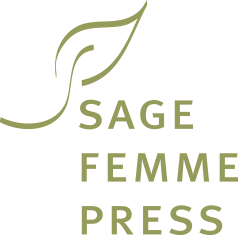I’ve been reflecting on the massive AWP conference (Association of Writers and Writing Programs) held here in Washington D.C. last month where I was one of more than 12,000 writers gathered to celebrate and hone their craft. I came, for the first and likely last time, to participate in a panel discussion hosted by Joan Baranow of Dominican University in California. She titled it “Crossing the Line—Writing As a Healing Practice.”
Talk about crossing the line! Here I was milling about in a crowd of writers at the D.C. Convention Center which, as it happens, is located directly across the street from the crumbling townhouse where Community Medical Care, the mom-and-pop family practice I was part of for almost two decades, is awaiting certain demolition as the neighborhood continues to gentrify.
This unsettling observation put me in mind of an essay I wrote years ago called “Crossing the Road.” I dug it out and reread it. Here are the opening paragraphs:
I am standing on a rise at the far end of Dayspring Silent Retreat Center in Germantown, Maryland. Behind me is a narrow strip of woods and the curve of Neelsville Church Road which marks the property line. Since I first started coming here over twenty-five years ago, development has pressed in on Dayspring. What once seemed pristine and remote from metropolitan Washington, D.C. has become an oasis in the urban desert. From where I stand, I see daisy fields rolled out like a white blanket at my feet, evergreen borders and the Lake of the Saints, a rest stop for migratory water birds. In the far distance I can make out the porch of the retreat lodge, lined with wooden rocking chairs. In stark contrast, across the road, I see the closely-spaced houses and yards of a fast-growing suburb. Decks, grills, swing sets and plastic pools camouflage the busy, productive and often stressed lives expedited by the SUVs parked in the driveways.
In one of the flashes of insight that I’ve learned to expect while on retreat, I realize that what I see spread out before me represents two worlds, the instrumental world where the business of everyday gets done, and the expressive world of Dayspring, set apart for the renewal of body and soul. One swath of land, bisected by a country road, supports both. My life is like this land, I thought.
Yes, the instrumental and expressive worlds, the practice of nursing and the healing art of writing, CMC and AWP. My life, like Ninth Street here in the heart of Washington, has been home to both.
